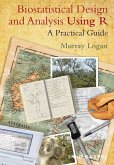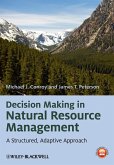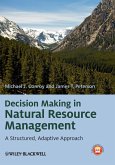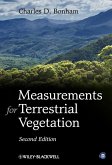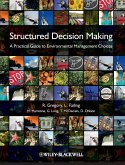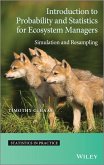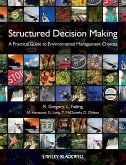The third edition of this popular text is ideal for anyone who wants to process data using a statistical package on the computer, to select appropriate methods, and extract the important information from the often confusing output. The text covers how these tests work, and how to perform the calculations involved.
Choosing and Using Statistics remains an invaluable guide for students using a computer package to analyse data from research projects and practical class work. The text takes a pragmatic approach to statistics with a strong focus on what is actually needed. There are chapters giving useful advice on the basics of statistics and guidance on the presentation of data. The book is built around a key to selecting the correct statistical test and then gives clear guidance on how to carry out the test and interpret the output from four commonly used computer packages: SPSS, Minitab, Excel, and (new to this edition) the free program, R. Only the basics of formal statistics are described and the emphasis is on jargon-free English but any unfamiliar words can be looked up in the extensive glossary. This new 3rd edition of Choosing and Using Statistics is a must for all students who use a computer package to apply statistics in practical and project work.
Features new to this edition:
Now features information on using the popular free program, R
Uses a simple key and flow chart to help you choose the right statistical test
Aimed at students using statistics for projects and in practical classes
Includes an extensive glossary and key to symbols to explain any statistical jargon
No previous knowledge of statistics is assumed
Choosing and Using Statistics remains an invaluable guide for students using a computer package to analyse data from research projects and practical class work. The text takes a pragmatic approach to statistics with a strong focus on what is actually needed. There are chapters giving useful advice on the basics of statistics and guidance on the presentation of data. The book is built around a key to selecting the correct statistical test and then gives clear guidance on how to carry out the test and interpret the output from four commonly used computer packages: SPSS, Minitab, Excel, and (new to this edition) the free program, R. Only the basics of formal statistics are described and the emphasis is on jargon-free English but any unfamiliar words can be looked up in the extensive glossary. This new 3rd edition of Choosing and Using Statistics is a must for all students who use a computer package to apply statistics in practical and project work.
Features new to this edition:
Now features information on using the popular free program, R
Uses a simple key and flow chart to help you choose the right statistical test
Aimed at students using statistics for projects and in practical classes
Includes an extensive glossary and key to symbols to explain any statistical jargon
No previous knowledge of statistics is assumed
"Written in a concise and direct style, this book presents a selection of some of the most widely used statistical tests and data exploration techniques." (Biological Conservation, 1 March 2012)
"Written in a concise and direct style, this book presents a selection of some of the most widely used statistical tests and data exploration techniques ... In general, this book is a very good primer for students with no statistical expertise." (Biological Conservation Reviews, 2011)
"This book makes everything so easy. Complicated tests are effortlessly condensed, and the instructions are almost too easy to follow. Diagrams and sample data sets are used frequently so you can practise using tests before applying them to your own data sets, whilst the logical layout guides you toward the correct test for both your data, and what you want to prove (or disprove)." (Animals & Men, February 2011)
"Written in a concise and direct style, this book presents a selection of some of the most widely used statistical tests and data exploration techniques ... In general, this book is a very good primer for students with no statistical expertise." (Biological Conservation Reviews, 2011)
"This book makes everything so easy. Complicated tests are effortlessly condensed, and the instructions are almost too easy to follow. Diagrams and sample data sets are used frequently so you can practise using tests before applying them to your own data sets, whilst the logical layout guides you toward the correct test for both your data, and what you want to prove (or disprove)." (Animals & Men, February 2011)


